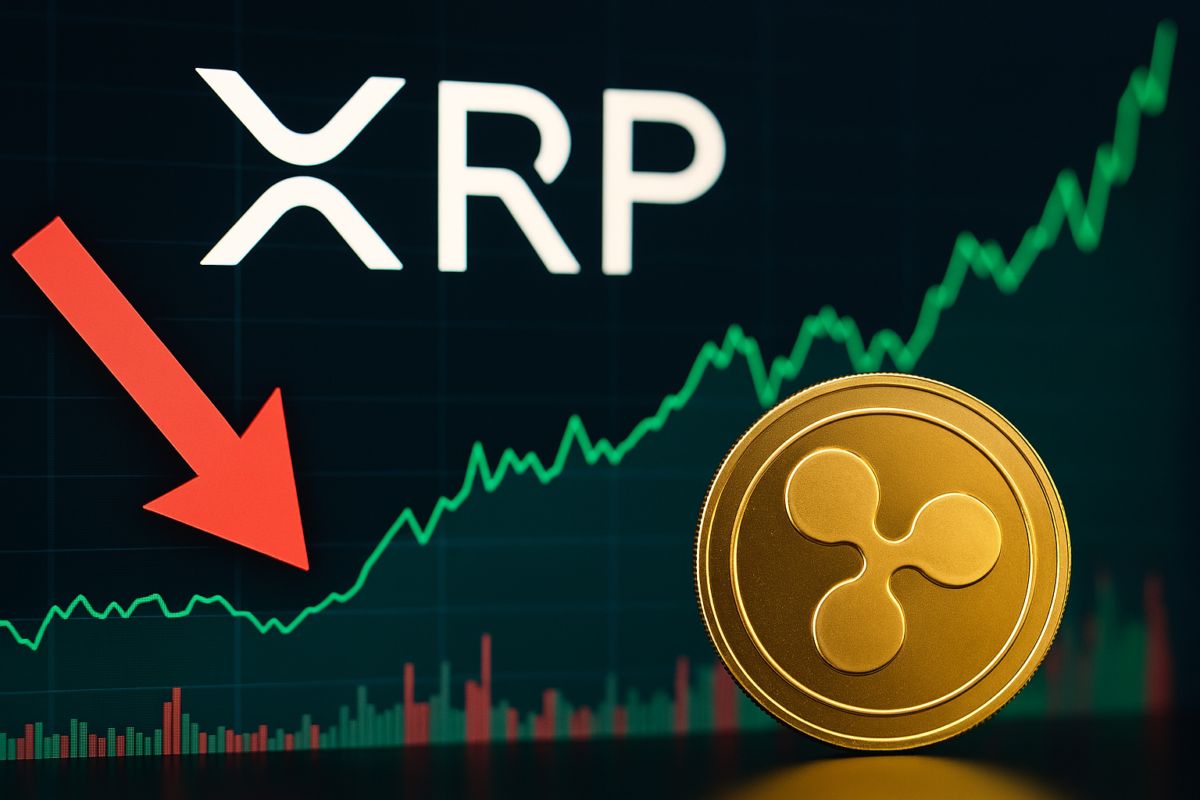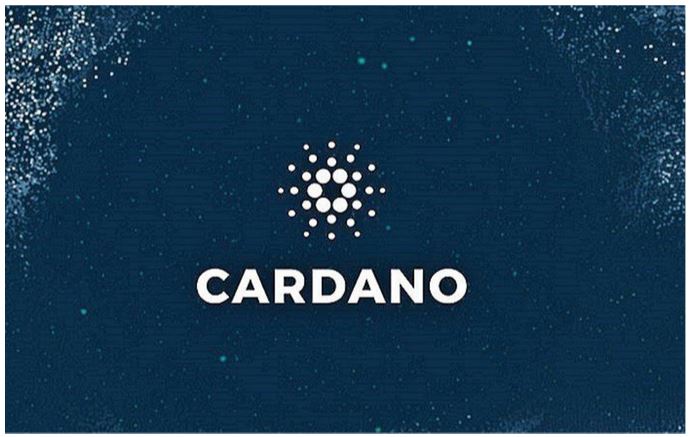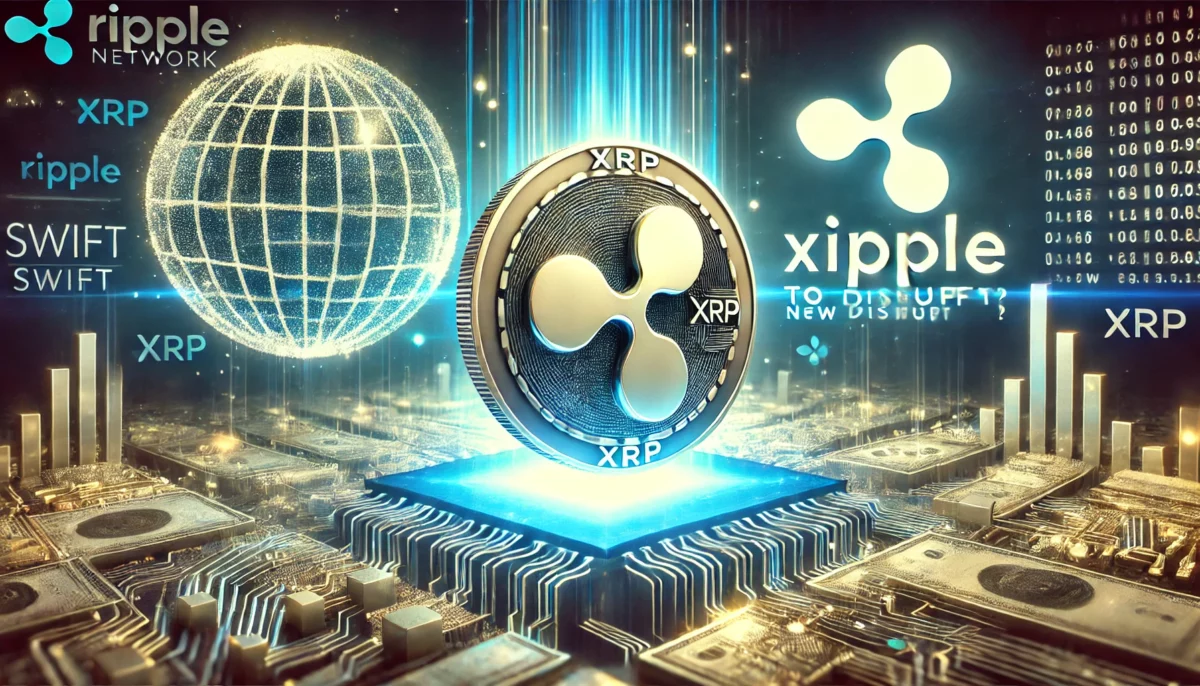
Coin-related
Price calculator
Price history
Price prediction
Technical analysis
Coin buying guide
Crypto category
Profit calculator

Tutorial priceTUT
Tutorial (TUT) has been listed on Bitget spot trading market, you can quickly sell or buy TUT. Trading Link: TUT/USDT.
New users can get a welcome gift package worth 6200U, Claim it now>>
How do you feel about Tutorial today?
Price of Tutorial today
What is the highest price of TUT?
What is the lowest price of TUT?
Tutorial price prediction
When is a good time to buy TUT? Should I buy or sell TUT now?
What will the price of TUT be in 2026?
What will the price of TUT be in 2031?
Tutorial price history (USD)
 Lowest price
Lowest price Highest price
Highest price 
Tutorial market information
Tutorial's market cap history
Tutorial market
Tutorial holdings by concentration
Tutorial addresses by time held

Tutorial ratings
About Tutorial (TUT)
What Is Tutorial (TUT)?
Tutorial is a cryptocurrency project that began as an educational example on the BNB Chain. It was initially created to demonstrate how to launch a token, serving as a hands-on guide for those learning about blockchain. What started as a basic testnet exercise has since evolved into a live token on the BNB mainnet, now known as TUT.
Unlike many meme tokens that exist for entertainment or speculation, Tutorial was designed with an educational purpose. Its goal is to make blockchain, cryptocurrency, and DeFi topics easier to understand through interactive tools and accessible explanations. At the center of the project is an AI assistant called the Tutorial Agent. This tool provides step-by-step support to users, helping them navigate the crypto ecosystem with clearer guidance than traditional written content.
How Tutorial Works
The core feature of the Tutorial platform is the AI-powered Tutorial Agent. It offers personalized guidance on various blockchain topics. Instead of static lessons or videos, the AI responds to user questions in real time. This format aims to improve how users learn about:
- Setting up crypto wallets
- Trading on decentralized exchanges (DEXs)
- Creating and deploying smart contracts
- Understanding how blockchain networks operate
The platform is also developing the Tutorial Terminal, a dashboard that will combine learning resources, real-time market data, and Web3 tools in one interface. To make the platform even more accessible, Tutorial is integrating its AI assistant into Telegram and Discord, offering crypto guidance directly inside popular communication apps.
The project’s community has grown across social media and messaging platforms, with over 6,000 token holders and more than 10,000 members participating in the ecosystem.
What Is the TUT Token?
TUT is the native token of the Tutorial platform. It began on the BNB testnet and later migrated to the BNB Chain mainnet. The token plays a role in the educational ecosystem and represents the project’s identity as both a meme coin and a learning tool. TUT has a total supply of 1 billion tokens.
Should You Invest in Tutorial?
Should you invest in Tutorial? It’s a unique project that mixes crypto education with meme coin energy. While the idea is interesting, it’s still early, and the token has limited utility for now. If you’re curious and comfortable with risk, it might be worth keeping on your radar—but always do your own research and invest cautiously.
Related Articles about Tutorial
Tutorial (TUT): The Meme Coin About AI-Powered Blockchain Education
TUT to local currency
- 1
- 2
- 3
- 4
- 5
How to buy Tutorial(TUT)

Create Your Free Bitget Account

Verify Your Account

Convert Tutorial to TUT
Trade TUT perpetual futures
After having successfully signed up on Bitget and purchased USDT or TUT tokens, you can start trading derivatives, including TUT futures and margin trading to increase your income.
The current price of TUT is $0.02259, with a 24h price change of +3.23%. Traders can profit by either going long or short onTUT futures.
Join TUT copy trading by following elite traders.
Tutorial news





Buy more
FAQ
What is the current price of Tutorial?
What is the 24 hour trading volume of Tutorial?
What is the all-time high of Tutorial?
Can I buy Tutorial on Bitget?
Can I get a steady income from investing in Tutorial?
Where can I buy Tutorial with the lowest fee?
Where can I buy Tutorial (TUT)?
Video section — quick verification, quick trading

Bitget Insights





Related assets


































